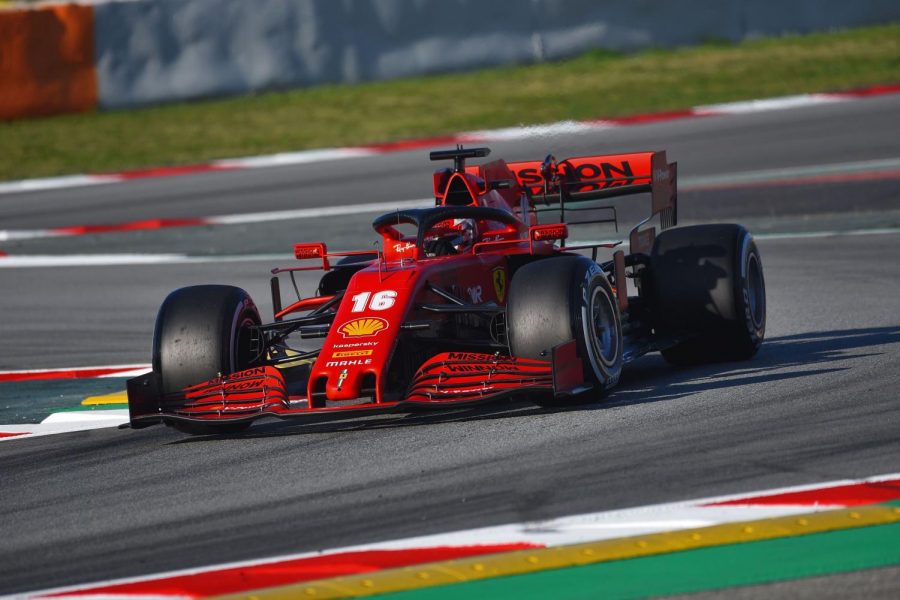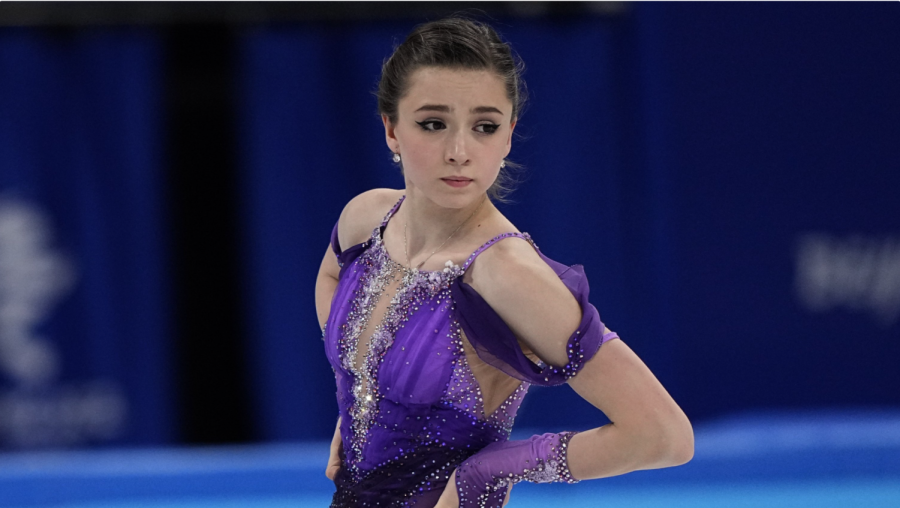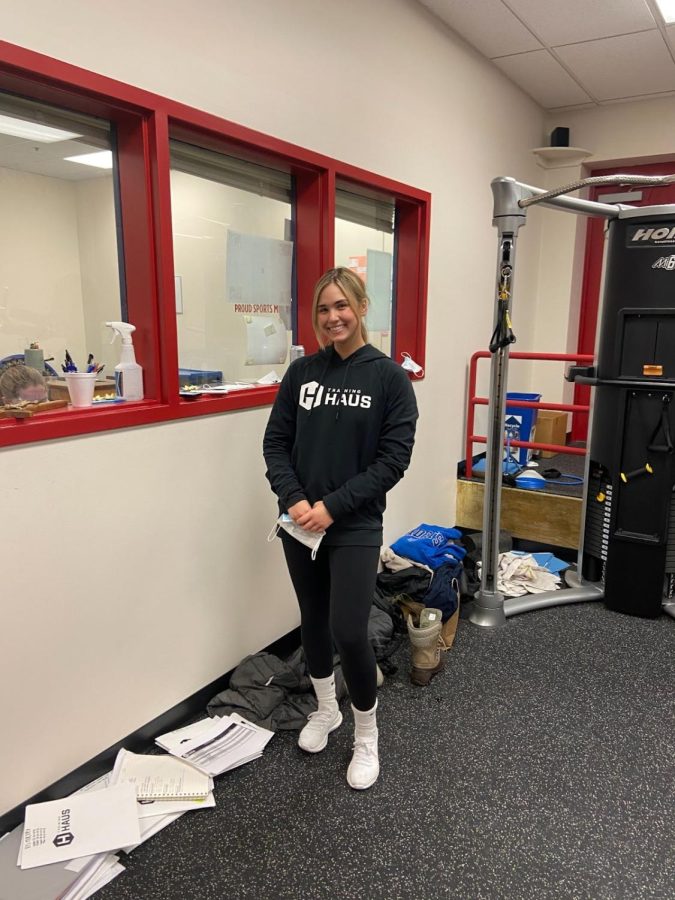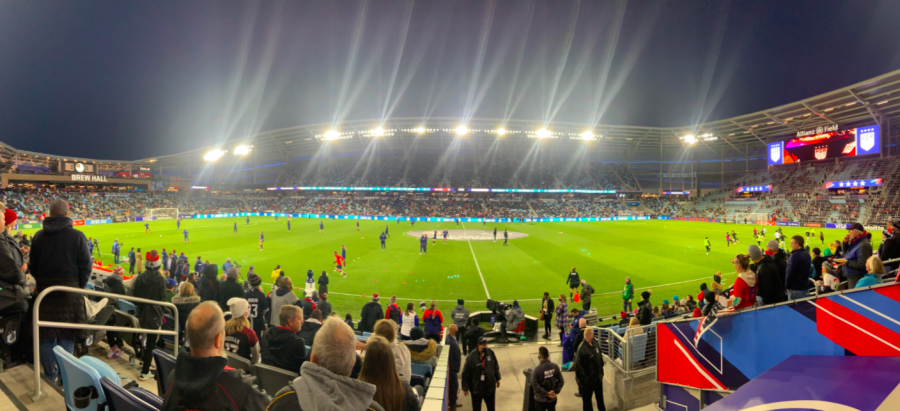Formula 1 is and will always continue to be a dangerous sport. On a track with 20 human-piloted projectiles racing at 150 mph around chicanes and hairpin turns, there is a perpetual threat of the dreaded “something that could go wrong.” In fact, the FIA has implemented many new safety devices over the years to reduce the risk of injury or fatality, resulting in measurable success. However, as motorsport has matured and changed over the decades, added safety measures to protect drivers and staff from this inescapable danger of auto racing have grown controversial. Some say they hinder driver ability; others protest to the removal of an element of risk that makes races “more exciting.” None of these arguments, however, negate to the evidence that added safety measures save lives. The only thing in Formula 1 that is more tragic than a fatality is a preventable fatality, and the continued development of safety devices and regulations that reduce preventable harm are in everyone’s best interest.
Below is a list of current safety measures that are enforced throughout the league and the are essential roles they play to ensuring safe racing.
Driver’s Kit
Racing Helmet
The driver’s helmet has developed and iterated dozens of times throughout the history of motorsport. Evolving from layers of canvas, modern Formula 1 helmets are made of carbon fiber and Kevlar. Each helmet is specially designed to be durable and light so as to reduce the amount of weight on a driver’s neck. Helmet mass contributes to momentum, so a light helmet minimizes the forward force of a driver’s head during an impact.
Nomex Suit and Face Covering
Drivers wear special racing suits and balaclavas, a form of face mask, made of Nomex which is a flame-resistant fabric used in firefighter’s uniforms. Since Formula 1 cars are infamously flammable, drivers must be protected from high temperatures during an impact. Becoming engulfed in flames is never the ideal outcome of a crash, but Nomex coverings give drivers a few extra seconds of stable, livable conditions with which to escape a blaze before heat begins to transfer through their gear.
The HANS Device
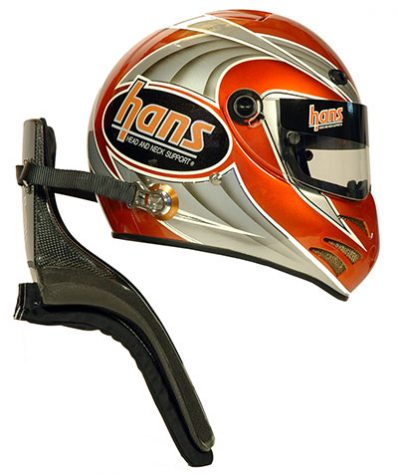
The HANS (Head and Neck Support) device is similar to a neck brace in appearance and function. The frame, which sits on a driver’s shoulders, is tethered to the car’s seat straps and the driver’s helmet. In the event of rapid deceleration, the HANS is designed to prevent hyperextension and neck injuries. By limiting the neck’s forward range of motion, the tethers keep the driver’s head from snapping forward and potentially fracturing the skull.
Car Design
Crash Structures
Each side of a Formula 1 car is designed to crush under pressure. While this feature may seem counterintuitive at first glance, it aids in reducing the force put on drivers during an impact. As the structure crumples, it absorbs energy from the car and helps slow the driver down. The slower the speed during an impact, the more likely drivers are to walk away uninjured.
Wheel Tethers
Wheel tethers are precisely what you’d think; they are devices that attach the wheels to the body of the car to prevent detachment. Loose wheels are a clear and present danger to other drivers who may be hit by a heavy, rotating chunk of metal and rubber while traveling at high speeds. While a severed wheel serves no purpose to its car, it poses a risk to other drivers that is mitigated by a tether.
Survival Cell
The survival cell is an incredibly strong capsule in which the driver is seated. It comprises the main body of the car, including the cockpit and driver’s seat. The cell is designed to act as a last resort in case every other safety feature fails; if every deformable structure detaches, the survival cell encases the driver to prevent direct contact with the track.
Track Features
Virtual Safety Car (VSC)
The VSC is a modern innovation to provide an alternative to the traditional safety car. When an incident occurs on the track, the VSC informs drivers of a new speed limit they must adhere to. This speed fluctuates depending on what section of the track drivers are in, but it uniformly amounts to a 30-35% reduction of regular racing speed. The VSC ensures both that cars are safely distributed around the track during a crash clean-up and that race marshals are safe while attending to the crash site. Once the incident is resolved, the VSC is turned off, and racing continues.
Track Barriers
Formula 1 racetracks are fitted with several types of track barriers including tire walls, gravel runoffs, and the innovative SAFER barrier made of steel and foam. These barriers are carefully placed to suit the most anticipated type of collision at each section of the track. For example, SAFER barriers are located at tight, high-speed corners while gravel runoff areas are better for the outside of wide turns. In the event of a collision, barriers are designed to absorb kinetic energy and slow cars to a stop to reduce the amount of force acting on the driver.
Pit Lane Speed Limits
Following an incident at the San Marino Grand Prix in 1994 during which several mechanics were injured by a detached wheel traveling at high speed in the pit lane, a speed limit was implemented to protect staff in the pits. While drivers are well trained to safely enter their team’s pit area, loose debris can cause great harm if it disconnects from a rapidly approaching car in the pit lane. In addition, a lower speed limit in the pits reduces the risk posed to drivers and team staff in the unlikely event of a collision in the pit lane.
The Halo
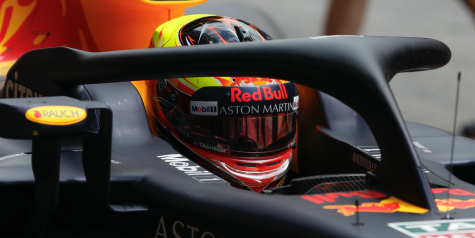
Of the many safety innovations, none is more controversial (and most important) than the halo. This mechanism is an open-air, tubular shield attached to the front and sides of the cockpit. It clears just above the top of the driver’s helmet and slopes toward the headrest. The halo was introduced in 2018 and was made mandatory for every team to add to their cars. The sturdy structure can hold a double-decker bus worth of weight and provides better sight lines for drivers than a clear cockpit shield. It acts both as a barrier to deflect debris and a sort of roll cage which protects drivers in the event of a rollover. Despite these qualities, some drivers were critical of the piece’s addition, saying that it was unnecessary, ugly, and overly corrective. They decried the halo as a step backward which made Formula 1 more mundane and “too safe.”
But after seeing the lifesaving effect the halo has had in practice, there is no denying its efficacy as a vital safety device. During the 2018 Belgian Grand Prix, Charles Leclerc was involved in a serious incident with McLaren driver, Fernando Alonso, in which Alonso’s car was contacted from the rear and sent hurdling over Leclerc’s vehicle. As Alonso drifted sideways, his car created lift and collided with the right side of Leclerc’s car. Though his back wheels safely cleared over the cockpit, Alonso’s front wheel swiped the side of Leclerc’s car just inches away from his head. Fortunately, the halo’s sloped barrier redirected the tire at upward angle and allowed it to pass safely over Leclerc’s helmet. Without the halo, the right side of Leclerc’s head would have been struck by the wheel followed by the underside of Alonso’s front wing, likely causing a severe injury if not death. In this case, the halo deflected a car away from the driver’s exposed head and into the runoff area, allowing the car’s brakes to safely stop Alonso.
Most recently, the halo saved the life of Haas driver Romain Grosjean during his serious crash at Bahrain last season. Grosjean lost control of his car after making contact with Daniil Kvyat and slammed into the track barrier at 137 mph. The back end of his car was severed, and the survival cell and nose cone continued through the barrier before bursting into flames. However, Grosjean survived the impact because of the halo’s strength and design. When Grosjean’s survival cell first contacted the barrier, the front bar of the halo pierced the metal and created an opening large enough for Grosjean’s head to pass through untouched. By parting the barrier around the cockpit, the halo prevented a deadly impact with the solid guard rail; without the halo, Grosjean’s head would have struck the barrier straight on as the rail was merely dented by the nose cone and not completely separated.
Since its introduction to Formula 1, the halo has tangibly saved lives and will surely continue to protect drivers from fatal collisions. While it may not look pretty, removing the halo would mean that drivers are left exposed to debris, other cars, and track barriers with nothing to protect them but their helmets.
It’s hard to argue with Formula 1’s current safety measures because they have been proven to do what they were designed to do: save lives. Few debate the implementation and effectiveness of the HANS, wheel tethers, or specialized track barriers. They seem like common sense at this point, almost as much as the seatbelt does. Even the halo, despite originally garnering criticism, has proven itself to be an effective and necessary element of Formula racing. Without it, we would be mourning the losses of both Charles Leclerc and Romain Grosjean along with several F2 and F3 drivers. Danger is inescapable in Formula 1, but that doesn’t mean the league should accept it at face value. Preventing fatalities is the ultimate goal of the FIA along with every team and driver, full stop. No amount of morbid excitement takes precedence over the lives of drivers. Safety measures are here to stay and should continue to be developed to keep drivers racing and Formula 1 on track to zero fatalities.

